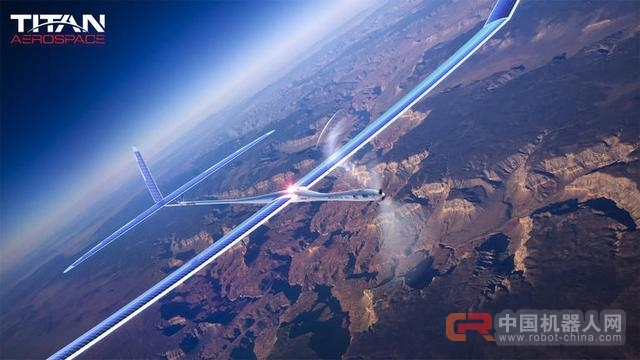Industry Control Circuit Board
Industry control printed circuit boards (PCB)
1. For industrial control, special or general-purpose circuit board, the bottom circuit is completed, and IO is reserved. After buying the industrial control circuit board, the input and output ports reserved on the circuit board are connected to the user's own device, such as motor, solenoid valves, sensors, thus completing the function want to accomplish. Industry Control Pcb,Electronic Control Board,Industrial Controller Circuit Board,Industrial Control Printed Circuit Board Chuangying Electronics Co.,Ltd , https://www.cwpcb.com
In addition, when a natural disaster occurs, this high-altitude giant drone can also restore communication. Google innovation R&D failure list has one more: Online drones cancelled Google said that the staff of this business will be transferred to the development of other projects, including high-altitude internet balloon and express drone projects. Google said that after a comparative assessment, Google believes that the Project Loon project will have more prospects for providing Internet services to the ground population. This project has already been tested in several regions. Google will launch a large number of helium balloons. They will communicate with ground-based mobile communication base stations to expand Internet access services to a large extent. These balloons will also mainly serve the remoteness of developing countries. area. Earlier, Google has signed agreements with countries such as Sri Lanka to use high air balloons to provide large-scale Internet access. It should be pointed out that this does not mean that Google gave up all drone projects. Google is also developing another drone for product delivery, the project name is "Project Wing." Google currently operates a third-party delivery service. In the future, it plans to use drones to deliver goods and compete with Amazon. However, the recent project has also reported that progress has not been smooth. At the end of last year, the person responsible for the delivery of drones left Google. In addition, Google had planned to cooperate with Starbucks to deliver coffee using drones. However, due to differences in consumer data sharing, this cooperation has been terminated. According to reports, Google's online drone project encountered some technical obstacles. In 2015, a test aircraft Titan Solara 50 crashed while flying in New Mexico. In addition, social networking giant Facebook is also developing its own project in the use of drones to provide Internet access. In 2014, the company spent US$20 million to acquire Ascenta, a British start-up company, and is also preparing to use drones to access the ground population. It is reported that in June last year, Facebook's Internet drone encountered strong winds and crashed. However, Facebook believes that this project is going well and the main reason for the crash is the lack of an autopilot system. For Google to cancel the Internet drone project, Facebook did not comment. That year, Google marched confidently into many innovative fields, but this enthusiasm has now become frustrating. Many R&D projects took a long time and progressed slowly and became a burden on Google. Google is now clearing and rectifying these projects. Businesses that have no business application prospects are resolutely abandoned. For example, in self-driving cars, Google has made major adjustments and no longer develop automotive hardware. In addition, it no longer seeks to cancel steering wheels and brakes. Instead, it automatically authorizes auto-driving software to external car manufacturers. In the robot business, Google also closed several projects, and many employees were re-adjusted.
2. The special circuit board is a board specially designed for a certain function, such as the temperature control circuit board. After buying it, the input port is connected to the thermocouple, and the output port is connected with a heating contactor or a solid state relay to control the heating device to complete the temperature control. There are flow control boards, motion control boards, etc.
3. The universal control board, most of which can be programmed, after the user's own secondary development, completes a specific function, and has a wide range of uses. For example, plc is a general industrial control board. After the user writes the program and compiles the input, various functions can be completed. Digital input, analog input port, high-speed counter port, digital output port, analog output port, and some also have communication function.
Google, which focuses on search and online video, later entered many innovative R&D areas, but too many projects ended in failure, including Google Glass, Google Fiber, and smart home platforms. Recently, Google's list of failures has added a new project once again - high-altitude drones that help people on the ground access the Internet. According to reports from a number of US technology news websites, including ZDNET, on this Wednesday, relevant people in the Google X Lab confirmed to the media that the agency has terminated the development project of solar-powered drones providing Internet services. Google X Labs is part of Google’s parent company, Alphabet, and is responsible for various innovative R&D projects. In order to control costs and financial transparency, Google had previously reorganized its corporate structure and transferred these businesses to its parent company structure. It is reported that in 2014, Google acquired a start-up company named "Titan Aerospace" and subsequently formed the aforementioned business. According to the plan, this high-altitude drone will use solar energy as its driving force and maintain long-term flight at high altitude. Its main mission is to provide Internet access services to remote areas on Earth.
October 21, 2021